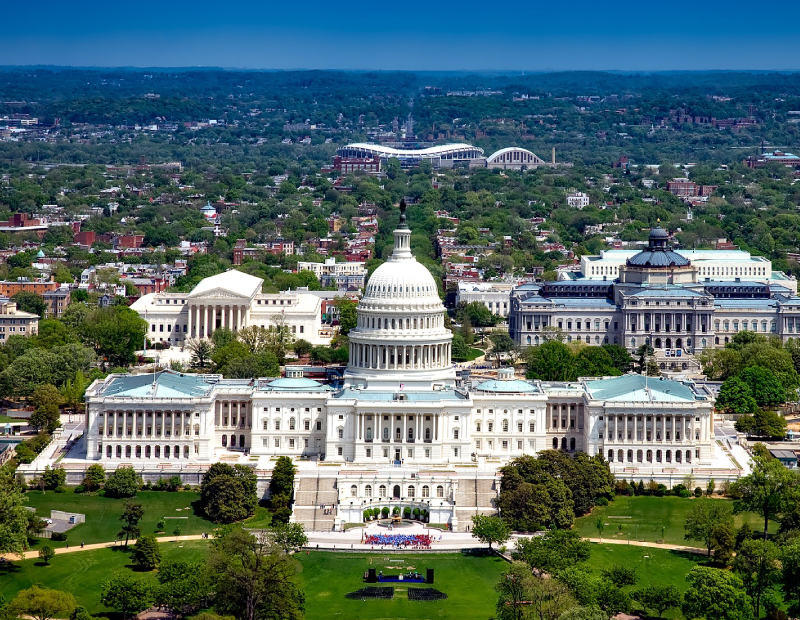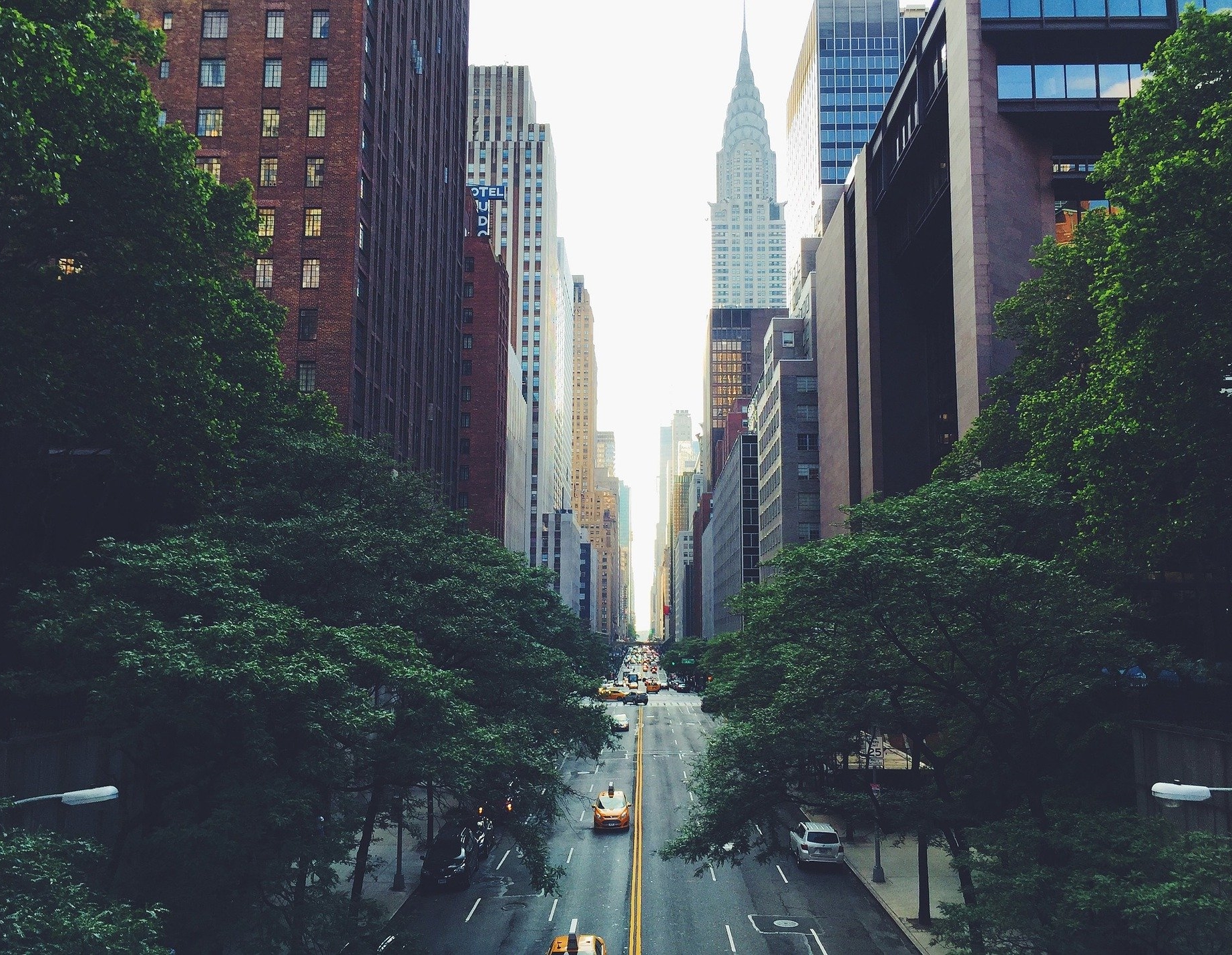Top 5 Markets for Office Construction Activity
More than 145 million square feet was under construction across the U.S. as of June. Here are the top-performing metros for development, based on Yardi Matrix data.
Some 35 million square feet of office space came online during the first seven months of this year, with an additional 146 million square feet underway, according to Yardi Matrix data. As of July, development activity in the country’s largest tech hubs—Manhattan, Boston and Los Angeles—accounted for almost a quarter of the nation’s existing inventory.
While most of the upcoming projects are slated for completion as early as the end of 2020, delays are most likely to occur due to pandemic-mandated restrictions. A NAIOP survey found that July marked the first significant increase in office development activity since April—a sign that, as lockdown measures eased, construction activity made progress in most areas of the country. But as the number of confirmed coronavirus cases continues to rise, uncertainty still looms.
5. Washington, D.C.
More than 8 million square feet of office space was underway in Washington, D.C., in June, equal to 2.2 percent of total inventory. Amazon’s upcoming HQ2 campus in the Pentagon City submarket accounts for more than a quarter of the total space under construction in the metro. Slated to come online in 2023, the project is designed to meet LEED Platinum standards and is expected to include more than 2.1 million square feet of office space with about 67,000 square feet of ground-floor retail. At full build-out, the two 22-story towers will be the largest office buildings to be completed in the submarket in decades.
Prior to the COVID-19 crisis, the metro saw positive employment growth thanks in part to its robust leisure and hospitality sector. But as the city was forced to impose a stay-at-home order at the end of the first quarter, the sector has been heavily impacted. The metro lost some 270,000 positions in the 12 months ending in May, with tourism-related jobs accounting for almost half of that. The sector shrunk by 37.3 percent, diminishing its share of the total employment pool to 7.1 percent. That’s still better than where the sector was a month before, but there’s still a long road ahead for recovery, as the country continues to struggle with the effects of the pandemic.
4. Los Angeles
Development activity in metro L.A. remained robust in June, with 8.3 million square feet underway throughout the market, representing 2.9 percent of total stock. One of the largest developments is the California Market Center—after acquiring an interest in the property, Brookfield Properties secured a $433.1 million construction loan from Starwood Capital Group. The owner is set to expand the 1.8 million-square-foot property with an additional 1 million square feet of office space. The multiphase redevelopment kicked off in 2018 and was initially slated to wrap up this year. However, the renovations are now expected to be delayed until at least early next year.
This year, the metro was on track to continue on an outstanding upward trajectory across its multifamily and office sectors. Office completions peaked in 2017 when more than 3 million square feet came online. Robust demand for new supply encouraged developers to continue to change the metro’s skyline, and according to pre-pandemic forecasts, 2020 was expected to surpass 2017 in terms of deliveries. However, as California was one of the first states to impose a shelter-in-place order, and as the number of confirmed coronavirus cases increased rapidly over the past month, the status of underway projects is still uncertain.
3. Boston
Developers were busy in Boston at the end of June, working on almost 9.5 million square feet of office space, equal to 4 percent of the metro’s existing stock. In one of the largest endeavors in the metro, Carr Properties is expanding its Boston footprint with the redevelopment of the 977,200-square-foot One Congress at Bulfinch Crossing, which is expected to come online in 2022. The 44-story project is designed to meet LEED Gold standards and is likely to include some 11,000 square feet of retail space. State Street Corp. has signed a 15-year lease for 510,000 square feet at the upcoming high-rise.
Thanks to its diversified economy and a large pool of highly qualified workers, the metro was not as reliant on tourism-related activities as others on this list. However, all large-scale events that attracted tourists to Boston have been canceled or postponed, including the Boston Marathon and the NFL and NBA seasons. As a result of this and other COVID-19-induced woes, Boston lost more than 483,000 positions in the 12 months ending in May. The leisure and hospitality sector accounted for 38.2 percent of all jobs lost. Meanwhile, office-using employment has been less impacted, but job losses still occurred—the information, financial activities and professional and business services sectors contracted by 49,700 positions.
2. Chicago
Almost 10 million square feet of office space was in the works in Chicago at the end of the second quarter, representing 3.2 percent of the metro’s total inventory. While more than half of the projects under development are slated for completion this year, it is still uncertain how many of them will reach completion on time. In the I-90 Golden Corridor submarket, Somerset Development was busy on the 1.6 million-square-foot Bell Works Chicagoland, expected to come online later this year. The project includes 1.5 million square feet of office space as well as 110,600 square feet of retail. At build-out, the four-story building will be the suburban submarket’s largest delivery in almost three decades.
Before the pandemic, the continued growth of Chicago’s urban core resulted in strong office market fundamentals. More than 4 million square feet came online last year, with pre-COVID-19 projections noting that developers were expected to complete some 4.3 million square feet by the end of 2020. However, as the metro lost 375,500 jobs in the 12 months ending in May, and the state-imposed stay-at-home order remained in effect until the end of May, some projects were inevitably affected despite construction being classified as an essential activity during the lockdown.
1. Manhattan
In June, developers were working on some 18 million square feet of office space throughout the borough, equal to 3.7 percent of existing stock. The largest project underway was Mitsui Fudosan America’s 50 Hudson Yards. The 2.9 million-square-foot development is designed to meet LEED Gold standards and is expected to include 50,000 square feet of retail space and an on-site auditorium. When completed in 2022, the project will be New York City’s fourth-largest commercial office tower. After the brand-new neighborhood officially opened last year, Facebook announced the signing of a 1.5 million-square-foot lease at 50 Hudson Yards, more than doubling its Manhattan office footprint.
In the first few months of the COVID-19 outbreak, New York was one of the hardest-hit markets, with the highest number of confirmed cases in the country. In April, as the city was declared the epicenter of the pandemic in the U.S., officials canceled large gatherings and events and placed a ban on international and nonessential travel. Additionally, bars and retail venues were temporarily closed. All of this pushed the metro’s unemployment rate from 3.8 percent in March to 15.1 percent in April. The metro’s employment sector continued to contract even as restrictions eased—according to June estimates, unemployment reached 18.3 percent, well above the 11.2 percent national average.










You must be logged in to post a comment.